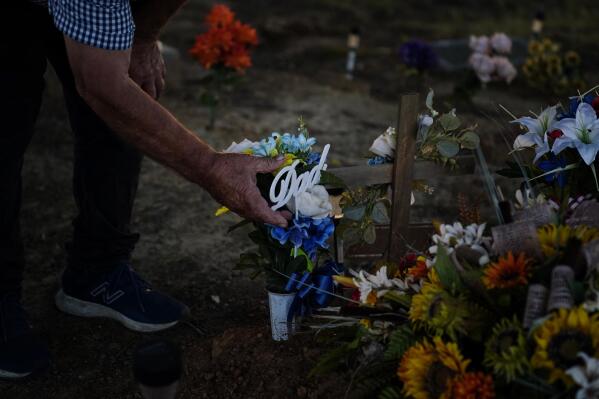Mass killings in America
Mass killings in America
Horrific shootings in schools and in public spaces such as movie theaters, grocery stores and shopping malls dominate the news, and most Americans believe this seemingly indiscriminate violence poses the greatest threat when it comes to mass carnage.
An analysis of data by The Associated Press, USA Today and Northeastern University, however, shows that these types of crimes, while terrifying, actually represent a small fraction of the mass killings in America.
The project includes all types of intentional killings — from stabbings to shootings to strangulation to blunt force trauma — where four or more people, excluding the assailant, died in a 24-hour period.
It includes every mass murder since 2006, but unlike the Gun Violence Archive it does not include non-fatal shootings. The database also does not include homicides caused by driving under the influence or accidental fires due to lack of intent.
Every mass killing included in the database was independently corroborated by multiple sources, including FBI crime data, news stories, court records, interviews and other materials.
There are 59 data fields included in the research. The names of victims are not publicly available to protect privacy.
Large mass shootings stand out on a timeline stretching back to 2006 and the locations of the mass casualty events have become shorthand for the horrors burned into the American psyche: Sandy Hook, Las Vegas, Virginia Tech, Orlando.
The database shows that private gun violence makes up a far greater percentage of mass murders in the U.S. And despite high-profile mass murders in recent years, including in 2022, the incidence of such shootings remains flat over time, the research shows.
Non-public fatal shootings far exceed public ones in every year for which the project has data.
The data also shows that victims of mass murders are far more likely to be killed by a family member or acquaintance than by a stranger.
Mass shootings committed by a family member or that occur in the course of a felony, such as a drug deal or robbery, far outnumber public mass shootings.
Mass killings are seven times more likely to be carried out in a residence or other type of shelter than in a commercial, real estate or entertainment venue and roughly 10 times more likely to happen in a private spot than in a public open space. And despite high-profile cases in the news, the number of mass killings at schools and places of worship are far less common. Twelve mass killings have unfolded at schools and colleges since 2016 and seven happened at a place of worship.
Despite high-profile cases in schools, the greatest number of perpetrators of mass killings were between 25 and 29 when they committed the crime, the research shows.
Handguns are also more prevalent than long guns in mass killings, according to the database.



